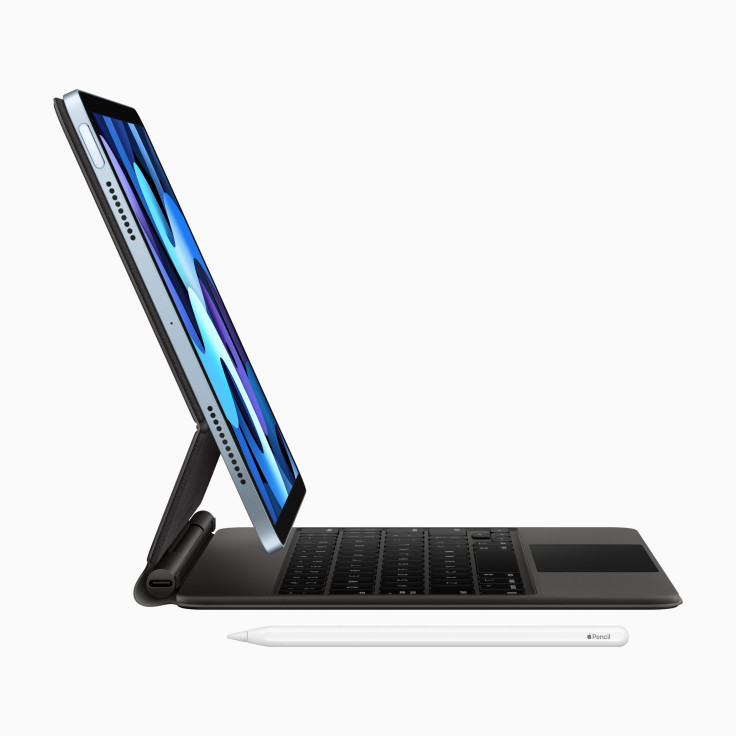iPad Air 2020 vs. iPad Pro 2020: Comparison Of Specs, Features
KEY POINTS
- Apple's new iPad Air with the A14 Bionic is now available
- Consumers might be having a hard time choosing between that and the 2020 iPad Pro
- It all boils down to the device's key specs and the consumer's budget and needs
Now that Apple's newest iPad Air is available, fans might be having a hard time choosing between the new device that's powered by the company's newest processor and an older but still top-of-the-line performer, the current 11-inch iPad Pro.
Here's a quick comparison of the fourth-generation iPad Air and the second-generation 11-inch iPad Pro, otherwise known as the smaller 2020 iPad Pro:
Design
Apple redesigned the iPad Air to look more like the iPad Pro. It now has flat edges, thin bezels and a higher screen-to-body ratio thanks to the removal of the Home button. It basically looks like an iPad Pro but comes in other colors.
Processors
The 11-inch iPad Pro is powered by Apple's A12Z Bionic, an older chip that used to be the company's top-tier silicon for mobile devices. The processor allows the iPad Pro to perform well in many tasks, effectively making it the portable computing device among many professionals.
The 2020 iPad Air, on the other hand, is the first iPad to feature the new A14 Bionic chip. This processor is definitely more powerful than the A12Z and is expected to give the iPad Air significantly improved performance, even over the iPad Pro. The processor alone, however, isn't all that buyers should consider.
Display
While their displays appear to have the same size, one of them is actually bigger than the other. The 2020 iPad Pro has an 11-inch screen, while the iPad Air has a 10.9-inch display.
Both are Liquid Retina Displays offering True Tone technology. The iPad Pro display, however, has ProMotion technology and is slightly brighter than the one on the iPad Air at 600 nits vs. 500 nits maximum.
ProMotion allows the iPad Pro to adjust screen refresh rate depending on the need. It can, for example, adjust the screen rate to 120Hz if the user is working and using an Apple Pencil. The feature can also increase the refresh rate for select parts only (such as the part of the screen where the user draws using the Apple Pencil) while retaining lower refresh rate for other parts (like the tool palette).
Camera
The two devices also differ in camera setups. The 2020 iPad Pro has two cameras and a LiDAR scanner at the back, while the iPad Air only has one rear camera. The iPad Pro also uses a TrueDepth camera in front, while the iPad Air only has a FaceTime HD camera in front.
Authentication
The iPad Pro's front camera allows it to offer Face ID authentication. The iPad Air, on the other hand, doesn't have Face ID. It does, however, have a fingerprint scanner embedded in the power button. This is used for Touch ID.
Price and Storage
Here's a major consideration for everyone. The iPad Air is cheaper, but it comes with smaller storage compared to the pricier iPad Pro.
The iPad Air starts at $599 for the Wi-Fi model with 64GB. The iPad Pro, on the other hand, starts at $799 for the Wi-Fi model with 128GB storage.

© Copyright IBTimes 2024. All rights reserved.





















